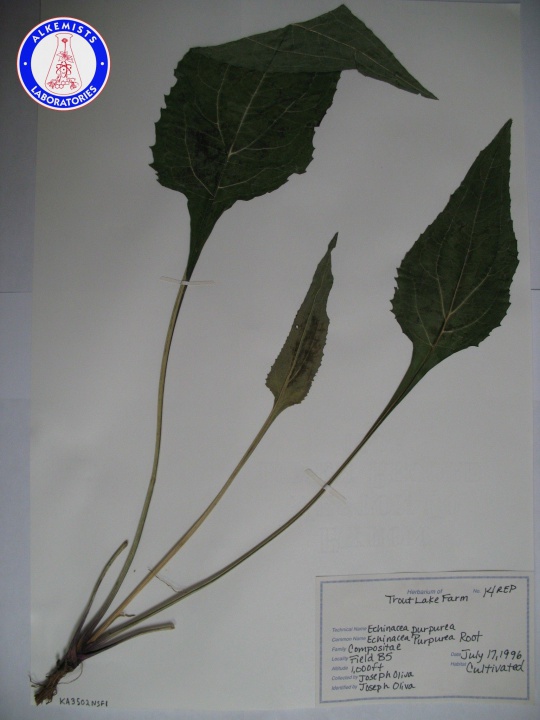Echinacea purpurea (root)
(→echinacea purpurea) |
(captions) |
||
| Line 16: | Line 16: | ||
| description=''Echinacea purpurea'' Botanical Voucher Specimen | | description=''Echinacea purpurea'' Botanical Voucher Specimen | ||
| image2=Echinacea purpurea (1) KA3502NSF2 A0751.jpg | | image2=Echinacea purpurea (1) KA3502NSF2 A0751.jpg | ||
| + | | caption2=''Echinacea purpurea'' Botanical Voucher Specimen (2/5) | ||
| image3=Echinacea purpurea (2) KA3502NSF1 A0429.jpg | | image3=Echinacea purpurea (2) KA3502NSF1 A0429.jpg | ||
| + | | caption3=''Echinacea purpurea'' Botanical Voucher Specimen (3/5) | ||
| image4=Echinacea purpurea (2) KA3502NSF2 A0753.jpg | | image4=Echinacea purpurea (2) KA3502NSF2 A0753.jpg | ||
| + | | caption4=''Echinacea purpurea'' Botanical Voucher Specimen (4/5) | ||
| image5=Echinacea purpurea (3) KA3502NSF1 A0431.jpg | | image5=Echinacea purpurea (3) KA3502NSF1 A0431.jpg | ||
| + | | caption5=''Echinacea purpurea'' Botanical Voucher Specimen (5/5) | ||
| }} | | }} | ||
Revision as of 17:26, 6 August 2012
Contents |
Introduction
Introduction from Wikipedia, the free encyclopedia (http://en.wikipedia.org/wiki/Echinacea_purpurea, retrieved 02/27/2012).
Echinacea purpurea (Eastern purple coneflower or Purple coneflower) is a species of flowering plant in the genus Echinacea. Its cone-shaped flowering heads are usually, but not always purple. It is native to eastern North America and present to some extent in the wild in much of the eastern, southeastern and midwest United States. It is also grown as an ornamental plant, and numerous cultivars have been developed for flower quality and plant form.
This perennial flowering plant is 1.2 m tall and 0.5 m wide at maturity. Depending on the climate, it begins to bloom in late May or early July. Its individual flowers (florets) within the flower head are hermaphroditic, having both male and female organs on each flower. It is pollinated by butterflies and bees. Its habitats include dry open woods, prairies and barrens, as well as cultivated beds. Although the plant prefers loamy or sandy, well-drained soils, it is little affected by the soil's pH. Unable to grow in the shade, E. purpurea thrives in either dry or moist soil and can tolerate drought, once established.
The quoted text in this section was licensed for use under the Creative Commons ShareAlike License, version 3.0: http://creativecommons.org/licenses/by-sa/3.0/
Macroscopic Entries
Echinacea purpurea Botanical Voucher Specimen
Source: Botanical Voucher Specimen Library, Alkemists Laboratories [1]
Microscopic Entries
Information Request
Echinacea purpurea (root)
General Characteristics Not reported.
Return to ![]() All Botanicals Category Listing.
All Botanicals Category Listing.
HPTLC Entries
Other Points of Interest
Cite error: <ref> tags exist, but no <references/> tag was found






